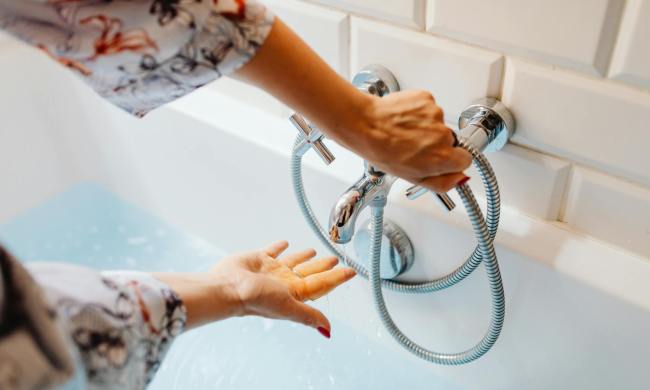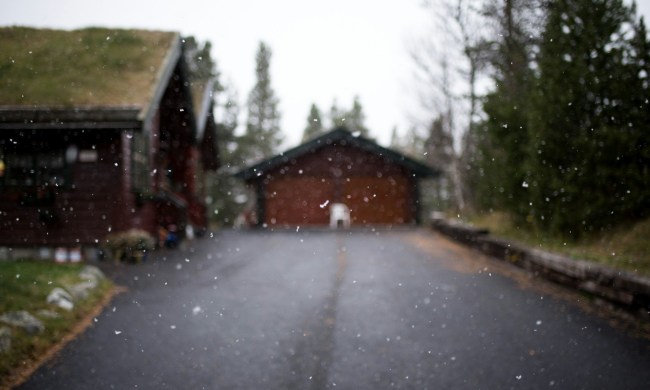Being a homeowner comes with a lot of freedoms and possibilities. You can customize your home to your liking with kitchen and bathroom remodels, new floors, or even torn-down walls. With those freedoms, however, homeowners also carry a lot of responsibility when it comes to keeping the home in good working order.
Repairs can get expensive when professionals are involved, but the good news is, there are a lot of fixes homeowners can complete on their own. Here, we focus on one of the most essential rooms in the house: the bathroom. Let’s dig in and talk about how to fix a toilet handle and other common bathroom repairs.

Toilet flusher handle not working
When your toilet handle doesn’t spring back, it can cause momentary panic. Keeping your toilet functional boils down to that small metal lever doing its essential job. To fix a flusher handle, you’ll have to go into the toilet tank.
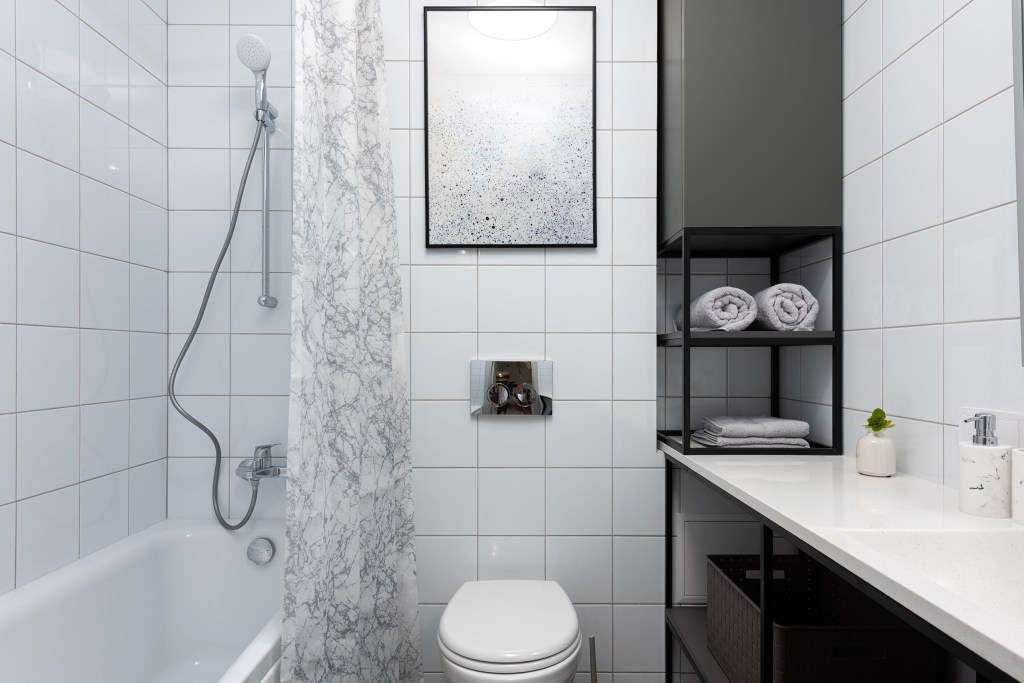
How to fix a toilet handle
Your toilet’s handle is connected to a lever, which is connected to a chain. The chain attaches to a rubber seal at the bottom of the tank, called a “flapper.” A toilet handle not coming up after being pushed down typically means that the lever has disconnected from the handle, or the chain has disconnected from the lever.
Step 1: Remove the tank cover and take a look inside.
Step 2: If you see that the chain is sitting at the bottom of the toilet, reach down and grab it, and try to connect it back to the lever.
Step 3: If either the lever or the chain appears to be broken, the piece will have to be replaced.

5 other bathroom fixes homeowners should know how to do
There are a lot of moving parts in the bathroom, and just as many opportunities for things to go wrong. Since hiring a plumber can be pricey, it’s a good idea to familiarize yourself with some of the most common problems in the bathroom and how to fix them easily.

Stopping a running toilet
One costly toilet problem is when the toilet continuously runs. Not only is it annoying to listen to a running toilet, but it also means you’re wasting water — and money. The most common culprit of this issue is a malfunctioning flapper. If the flapper doesn’t seal properly, water continually escapes through the bottom and the tank has to constantly fill.
Step 1: Check if the problem is a faulty flapper by inserting a stick into the tank water and pushing down on the flapper for a minute or so.
Step 2: If the toilet stops running while pressure is applied to the flapper, you know you need a new one.
Step 3: Purchase a new flapper and connect it to the bottom of the chain.
Step 4: Follow the instructions on the package for the new flapper to install it properly.

Unblocking a clogged toilet
Possibly the most dreaded toilet issue is one of the most common ones, unfortunately. A clogged toilet leads to an overflowing toilet, which is no picnic. Aside from the grossness of the issue, water can cause all sorts of damage to your bathroom floor and even the walls below.
If your toilet’s clogged and you’ve tried plunging it without success, there are some household materials that can be poured into the bowl to help dislodge the clog.
- Dish soap helps to lubricate and dislodge the debris and help it along in the pipe.
- A baking soda and vinegar mixture fizzes and breaks up a toilet clog.
- You can also pour some hot water into the bowl to help dislodge the clog.
If none of these solutions work to clear the toilet’s clog, use a drain snake to reach in and break up the debris. Follow the instructions for use on the drain snake’s label.
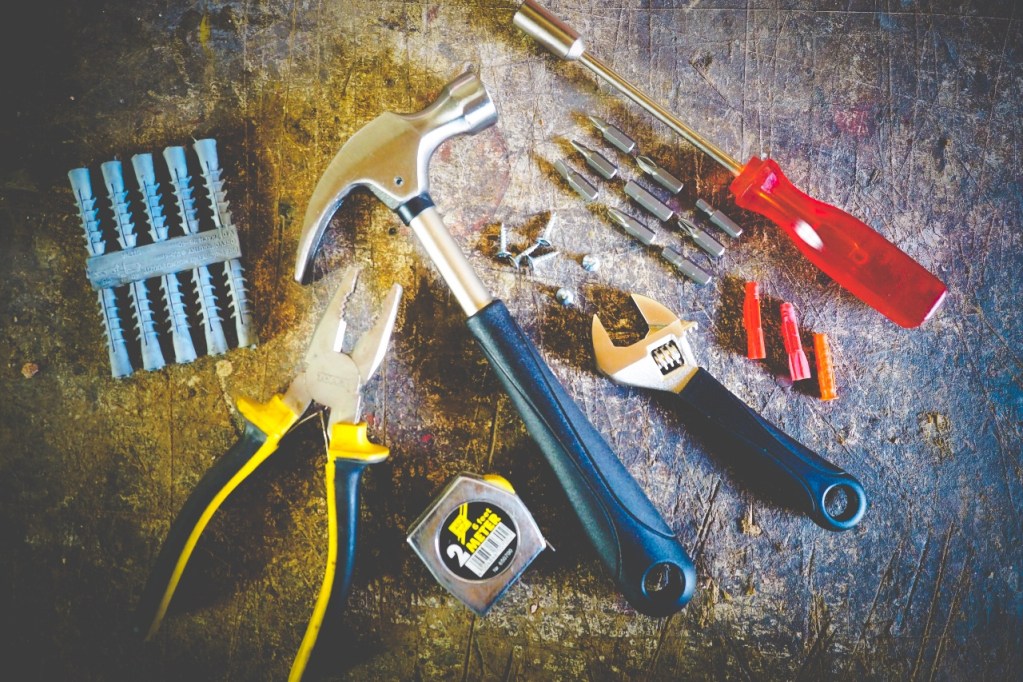
Repairing a leaking toilet
If you’re seeing water around the base of your toilet, the leak could eventually cause water damage, mold, or the surrounding tile to start coming loose. The culprit is almost definitely a faulty or leaking wax ring. The wax ring is a seal that sits between the bottom of your toilet’s base and the drain pipe underneath. You’ll have to replace the old wax ring with a new one.
Step 1: Have a helper available if your toilet is too heavy for you to move on your own.
Step 2: Be sure to shut off the water to the toilet and drain the tank.
Step 3: Remove the toilet from its place.
Step 4: Follow the manufacturer’s instructions for replacing the wax ring.
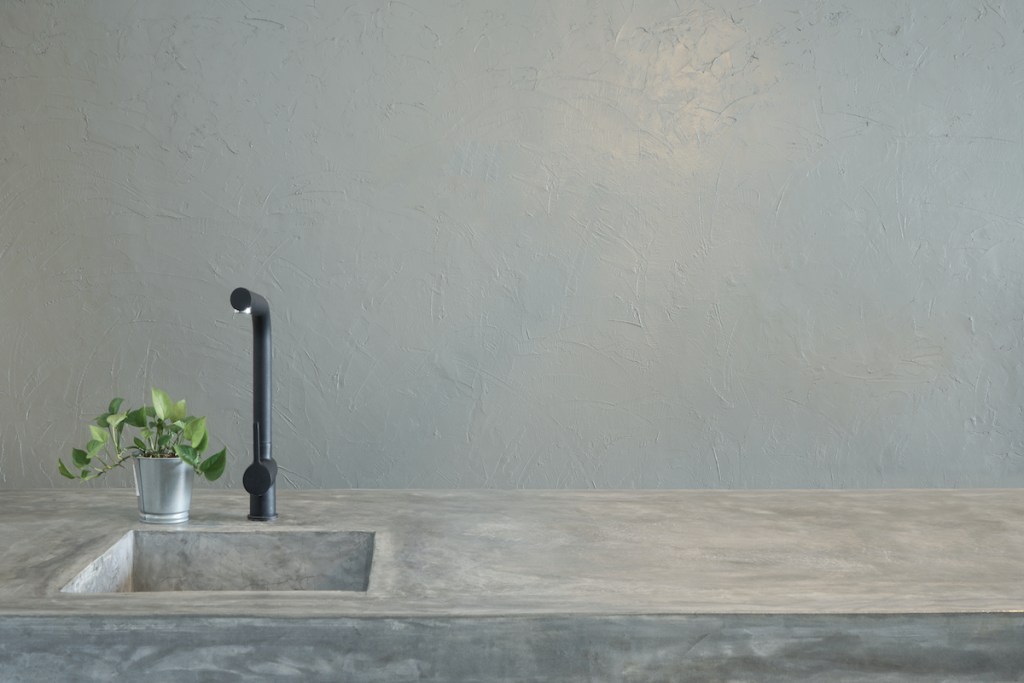
Fixing a dripping faucet
That annoying drip in your bathroom sink is likely due to a malfunction in the anatomy of your faucet handles. Depending on the type of faucet you have, you should be able to purchase a faucet repair kit that contains all the new parts you may need to stop that drip. You’ll need some basic tools to remove your faucet handles and replace the hardware on the inside.

Unclogging a shower drain
Your shower should be a place of serenity, but when a clogged drain pops up, it's anything but relaxing.
Similar to unclogging your toilet, a clog in a shower drain can often be broken up or pushed free with some home remedies. Pouring hot water down the drain or letting a vinegar and baking soda mixture sit in the drain often dislodges the debris. If those remedies don’t work, try snaking the drain by following the instructions on the drain snake product.
The bathroom shouldn’t be a stressful place. Issues with the toilet, sink, and shower are often able to be fixed easily by any capable homeowner. With a little examination, a bit of time, and some elbow grease, you can save a ton of cash by doing these bathroom repairs on your own.


